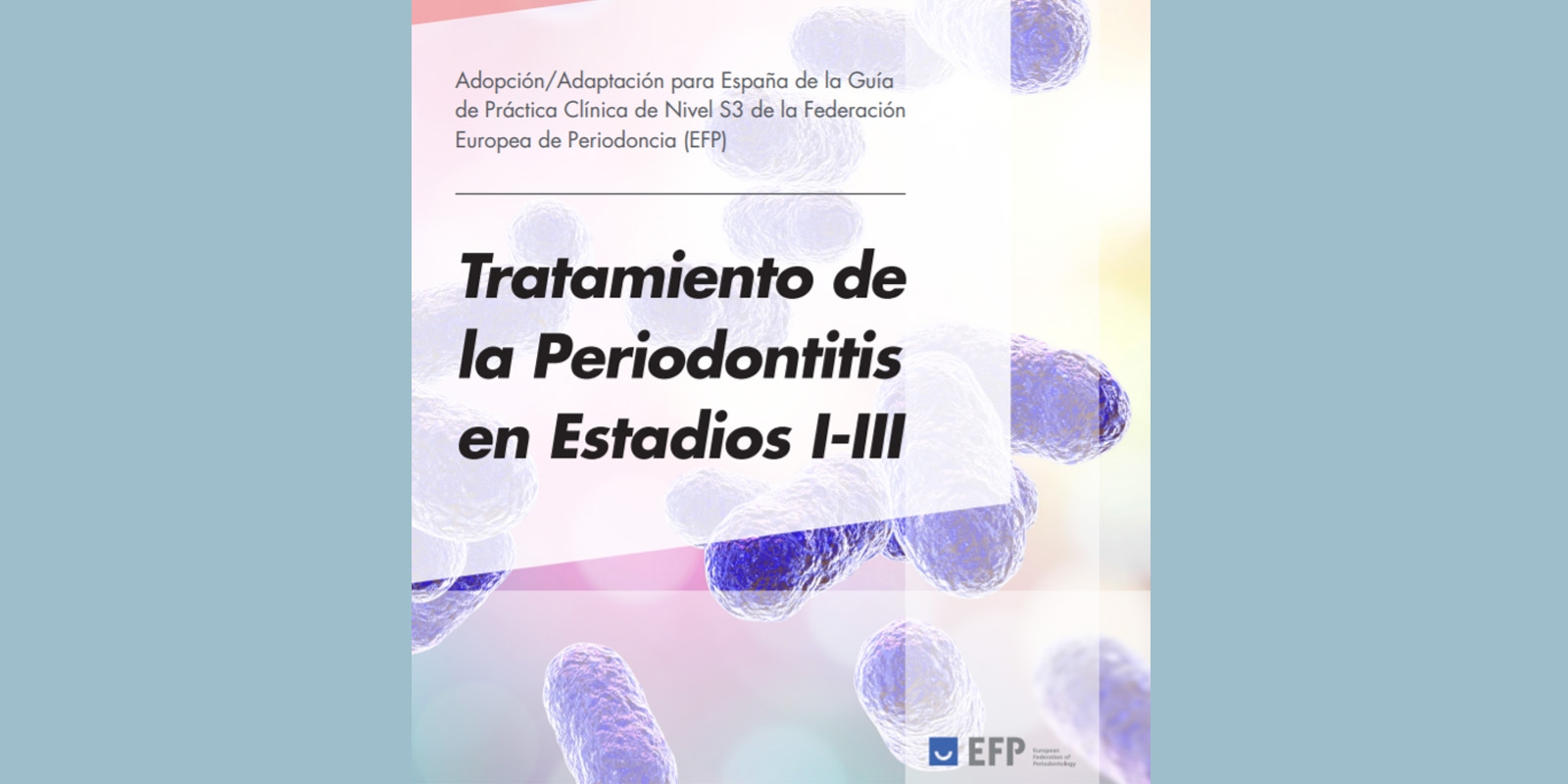DENTAID EXPERTISE
News for dentistry professionals
ORAL HYGIENE TECHNIQUES: SUCCESSFUL PERIODONTAL TREATMENT

Teaching patients to perform proper oral hygiene with the right techniques and tools is essential for them to maintain good oral health, with positive effects on their general health.
The dental hygienist’s skills are wide-ranging: calculus removal, prophylaxis, scaling and root planing, etc., but all address prevention and fostering oral health. According to the World Health Organization (WHO), “you cannot talk about general health without having oral health,” so if we want to keep our patients healthy, they should have optimum oral health.
We should establish a bond-commitment with our patients and become their “oral-dental motivational coach.” Do not depersonalise your patients, devoting just a couple of minutes of treatment to them, teaching standardised brushing techniques on a giant model.
We need to individualise guidelines and value good oral hygiene technique. Start by giving your patient a mirror and a manual/electric brush and show him what to do. The patient must not only repeat the information and the guidelines we have given him, but he should also show us, so we can be sure that he as truly understood them.
Immediately afterwards, a plaque revealer will help the patient himself to discover how effective his technique is. Remember that adults do not like to be “scolded,” so we will highlight the positive aspects.
It would be useful to photograph these sessions in order to note any progress and decide whether our patient is “compliant” or whether, on the contrary, we should increase the frequency of check-up/hygiene sessions.
We will need to determine the best brushing technique according to our patient’s dental anatomy.
We must keep in mind the interdental spaces and how best to gain access to them. Whether or not we coach our patients on the use of dental floss or interproximal brushes, there should be feedback from them, and we need to check what size of interproximal brush they will need, and give it to them along with the right prescription.
Last but not least, we will show them how to clean their tongue and mucosa and how often this should be done.
We will appraise the use of chemical treatment, whether we need to recommend some kind of antiseptic, or desensitiser or sialagogue, paying special attention to medically compromised patients.
The information garnered, as well as the guidelines, the tools, etc., should be recorded in the clinical history to be able to properly follow-up and monitor the evolution of the patient.
If our patients have some kind of physical disability that prevents them from holding the brush comfortably, we can help in the clinic by adjusting and customising the handle. We will ask them to hold the brush with heavy silicone until it sets.
If they lack the capability to perform oral hygiene themselves, we will have to train those who will do it for them, as always, using the show-tell-do technique, since it is the only way to make sure not only that the information has been correctly understood, but that the ability to perform a complete oral hygiene technique has been acquired.
CONCLUSION
We must help our patients discover all the techniques and tools available to maintain peak oral health and good general health, but let us not forget that successful maintenance depends absolutely on the patient, and so we must transmit that.
About the Author
Responsable de la Comisión de Discapacidad y Pacientes Especiales del ColegioProfesional de Higienistas Dentales de la Comunidad de Madrid
RELATED ARTICLES

17 Feb 2022
EuroPerio Series: professional discussions and scientific exchange
To keep the global perio community up to date with the latest research findings as well as give a taster of what is to come at EuroPerio10, the…

21 Jan 2022
Xerostomia in COVID-19 positive patients: clinical considerations
Severe Acute Respiratory Syndrome Coronavirus 2 (SARS-CoV-2) the cause of the pandemic known as COVID-19, affects different organs and systems (lungs,…

20 Jan 2022
A guide adapted to Spain to optimise the approach to periodontitis
There are currently numerous clinical practice guidelines to direct the treatment of many systemic diseases (such as diabetes, depression,…
Sign up for the DENTAID Expertise newsletter
Sign up for the newsletter